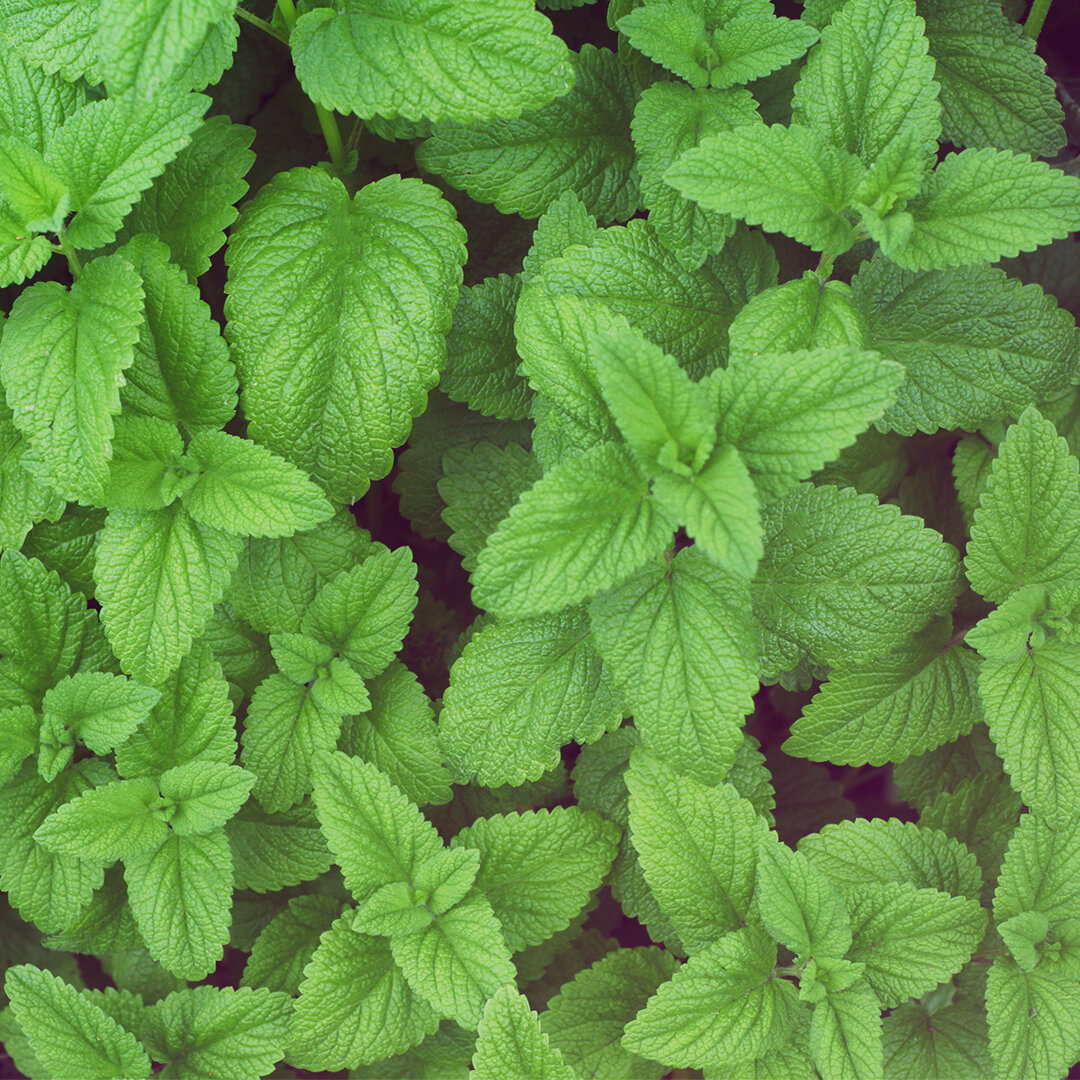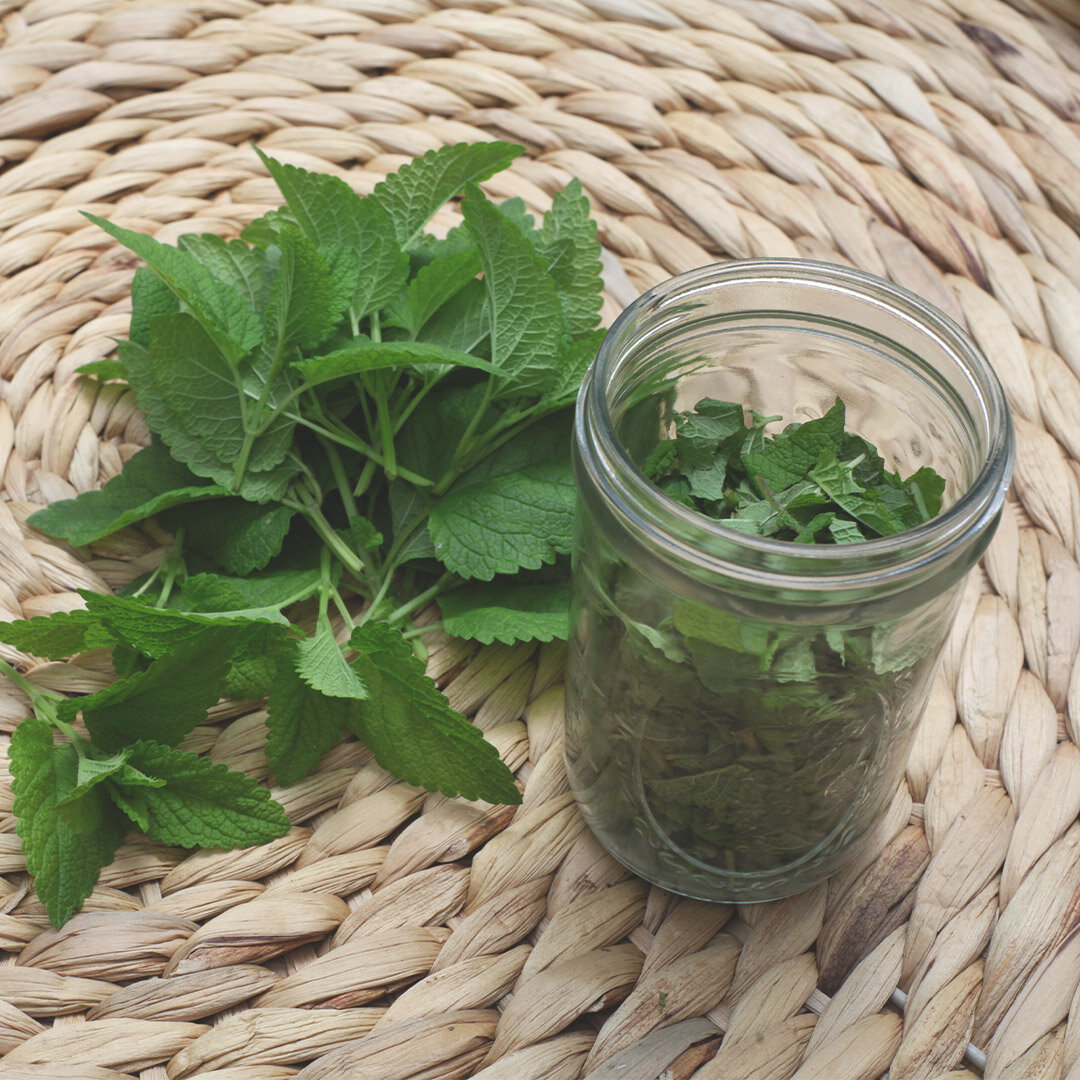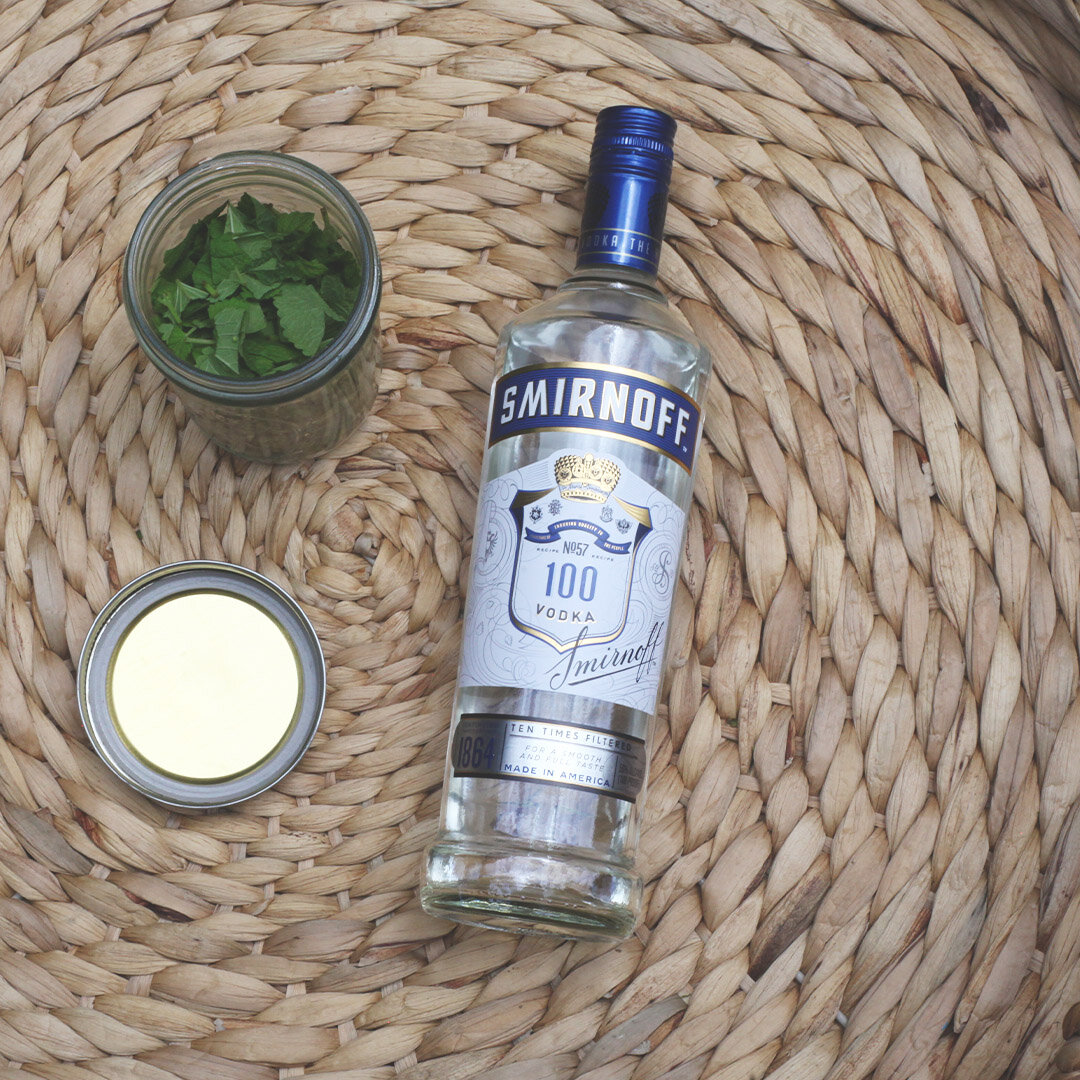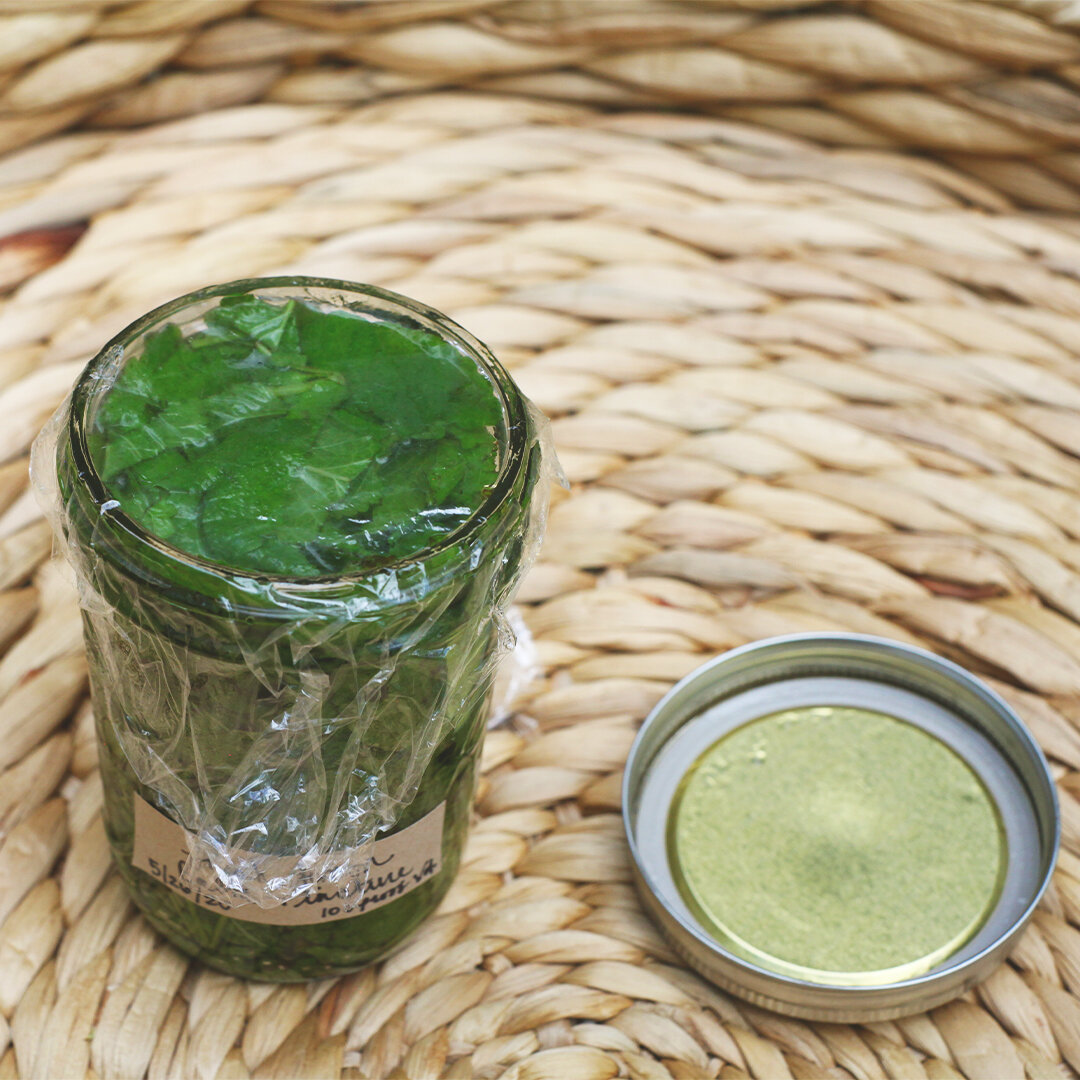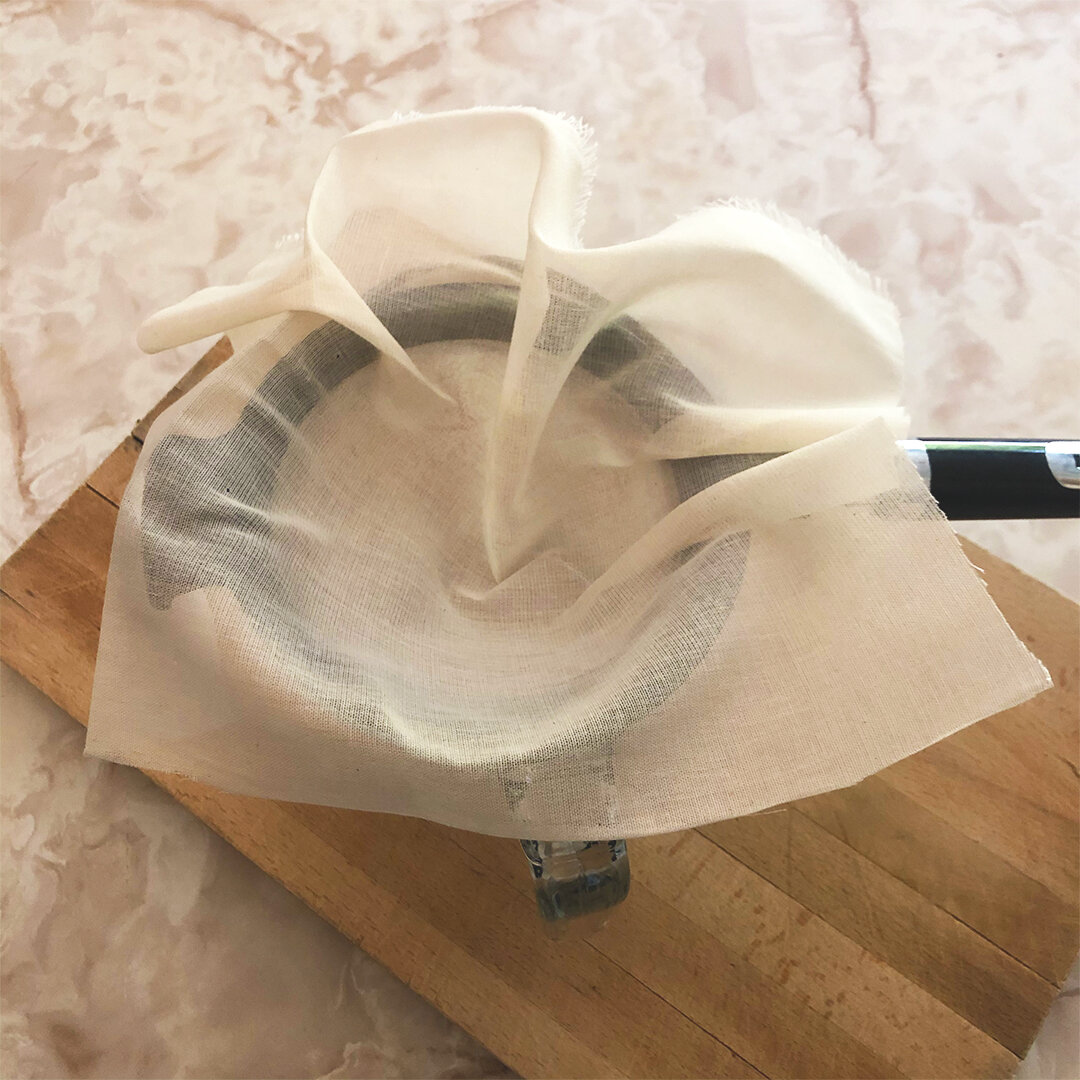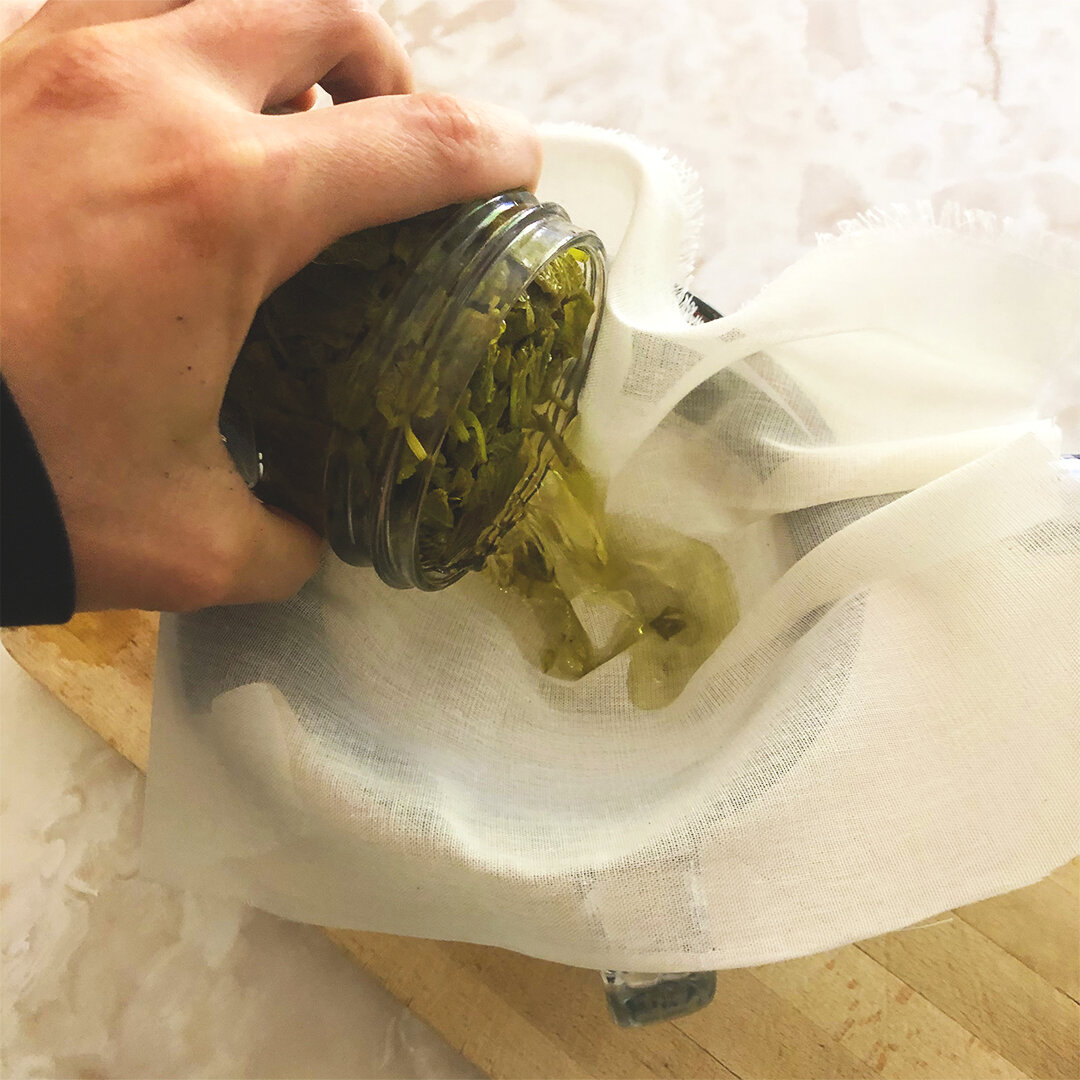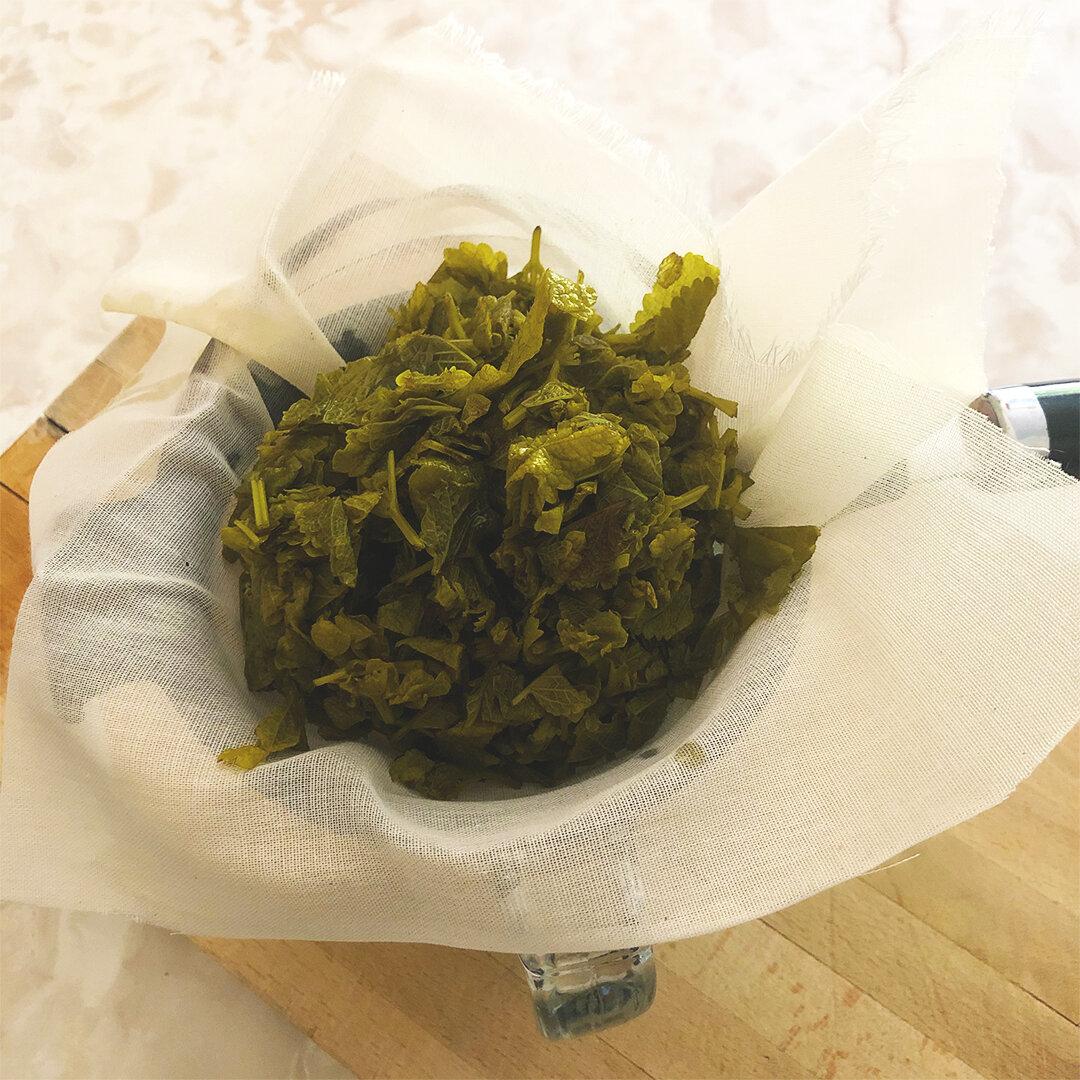Lemon Balm is highly regarded for its uplifting lemony scent, delicious flavor and ability to calm the nervous system. Feelings of stress, anxiety, mild depression and melancholy can be put to rest with Lemon Balm. Its carminative action aids digestion by reducing gas and bloating and can soothe nervous disorders of the stomach. Traditionally it offers relief to cold sores when applied topically and taken internally. Lemon Balm is a wonderful brain tonic for children and adults. It helps to improve memory and ones ability to focus, store and retrieve information. These qualities make it a superb remedy to assist people with Alzheimer's disease, Dementia and ADHD. Lemon Balm brings a sense of calm and restful sleep along with relief from tension headaches. With all of that said, let's talk about how to make a tincture of this lovely plant.
Lemon Balm
Botanical (Latin) Name: Melissa officinalis
Common Name: Lemon Balm
Family: Mint (Lamiaceae)
Part Used: Leaves & Flowers
Ruling Planets: Moon & Venus
Ruling Element: Water
Energetics: Cooling, yet slightly warming. Best suited for temperate to cold conditions.
What's a Tincture?
A tincture is an herbal extract made with fresh or dried plant material using alcohol as the solvent. There are a few ways to make a tincture, here I'll cover the traditional folk method using a process known as maceration. Maceration is the act of infusing plants or other organic material into a solvent to extract the active constituents from the chosen material.
Supplies Needed to Make:
1 – clean, pint sized mason jar w/lid and jar ring
Fresh lemon balm leaves, enough to fill the jar ¾ full (about 1 oz)
100 proof vodka
Scissors or sharp knife
Plastic wrap or parchment paper
Wooden chopstick
Pen or marker
Labels
Supplies Needed to Strain and Bottle:
4 cup glass measuring cup or glass bowl
Fine mesh strainer
Cheesecloth
16 oz amber bottle w/cap
Pen or marker
Labels
Identification & Harvest
Lemon balm has a very distinct lemony scent that will help you identify it in the wild. Its leaves have scalloped edges, deep veins and grow opposite from one another. It also has a square stem and tiny white or yellow flowers that bloom in late summer. Once properly identified, use your fingers or a scissors to pluck or cut the leaves from the plant and place them into a basket or bowl as you continue to harvest. After gathering enough to fill the jar consider giving thanks to the plant. This is optional of course but is a nice gesture and intention.
Prepare the Tincture
Roughly cut/chop the leaves and add them to the jar. Pour the 100 proof vodka over the leaves filling the jar to the top. Gently stir with a chopstick until all the plant material is saturated. Cover the jar with a piece of plastic wrap or parchment paper. Place the lid onto the jar and secure it tightly with the jar ring and give it a good shake. Adhere a label to the jar with the date and contents and place the jar in a dark place for at least 6 weeks to macerate. Shake the jar a few times per week throughout the maceration process.
Strain and Bottle the Tincture
Place a fine mesh strainer into a glass measuring cup or bowl and line the strainer with a piece of cheesecloth. Pour the contents of the jar into the lined strainer. Gather all four corners of the cheesecloth and bring them together to form a sachet. Twist the corners together and squeeze the sachet to extract as much alcohol as possible. Compost the entire sachet of plant material and give thanks. Pour the tincture into the 16 oz amber bottle, label it and store it in a cool, dark place where it will keep for years. From the 16 oz bottle you can fill smaller dropper bottles for easy dosage. Always remember to label each dropper bottle you fill. Enjoy!
Have you ever made your own tinctures? Let me know in the comments below!


